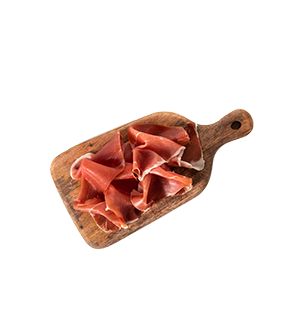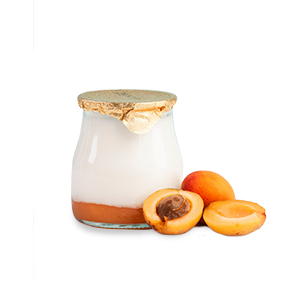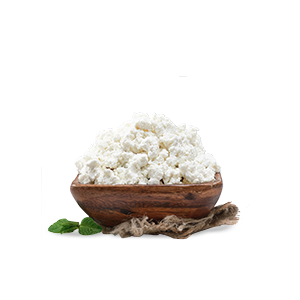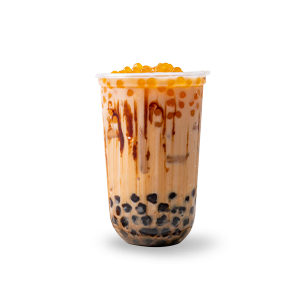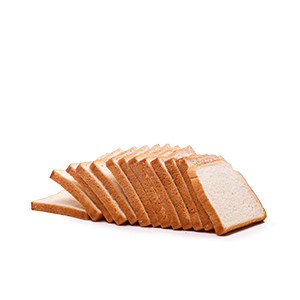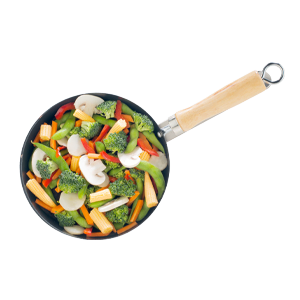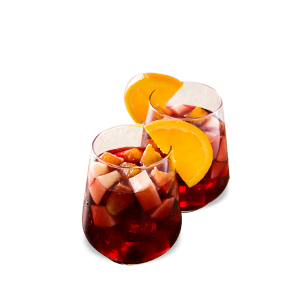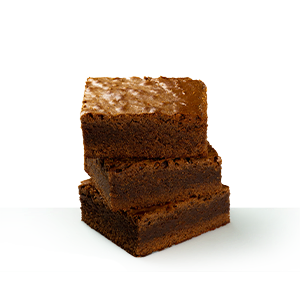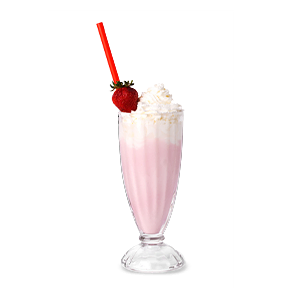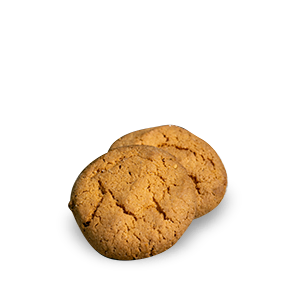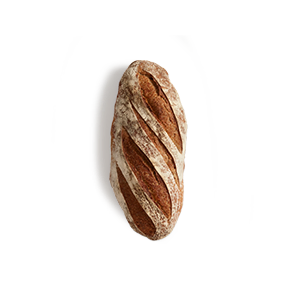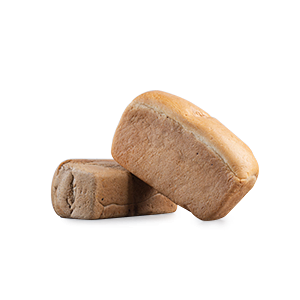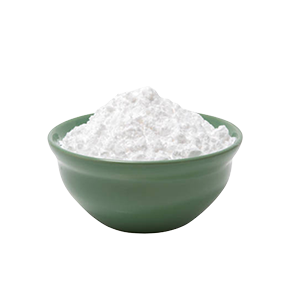
Calcium Carbonate
Calcium carbonate is a natural food coloring that is derived from ground limestone and can vary in color from grayish to white. It is completely safe for consumption and poses no risk of toxicity. It can be used in a wide variety of sectors, including baking, industrial pastry, confectionery, dairy, cereals, and preserves. Calcium carbonate can serve as a raising agent, source of mineral salts, or source of calcium.
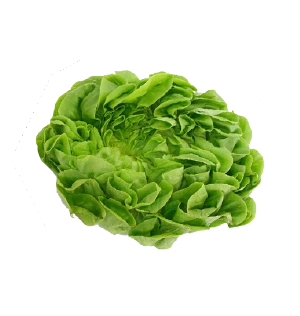
Chlorophyll
Chlorophyll is a natural green color obtained from the extraction of chlorophyll sheets. It is widely used in the food industry due to its vibrant green color and high protein content.
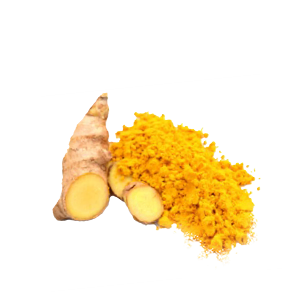
Turmeric
Turmeric is a natural dye obtained from the extraction of turmeric rhizomes. It is a great alternative to synthetic yellow shades and is known for its anti-inflammatory properties. It is often used in dairy products, ice cream, farinaceous products, cereals, sauces, condiments and more.
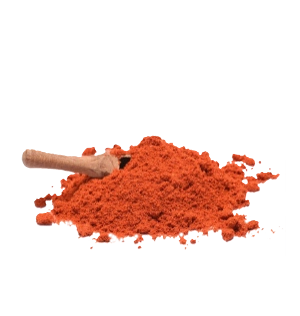
Bell Pepper
Bell Pepper is a natural coloring obtained from the oleoresins of chili peppers. In addition to providing a vibrant red color, it is also a rich source of antioxidants.
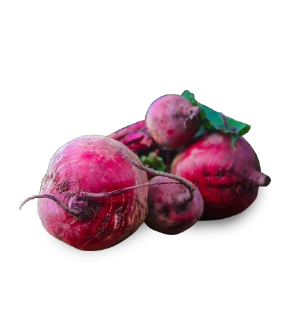
Betalains
Betalains are natural dyes obtained by extracting the beet root. They are commonly used in the food industry to provide a range of shades including red, pink, and purple.



